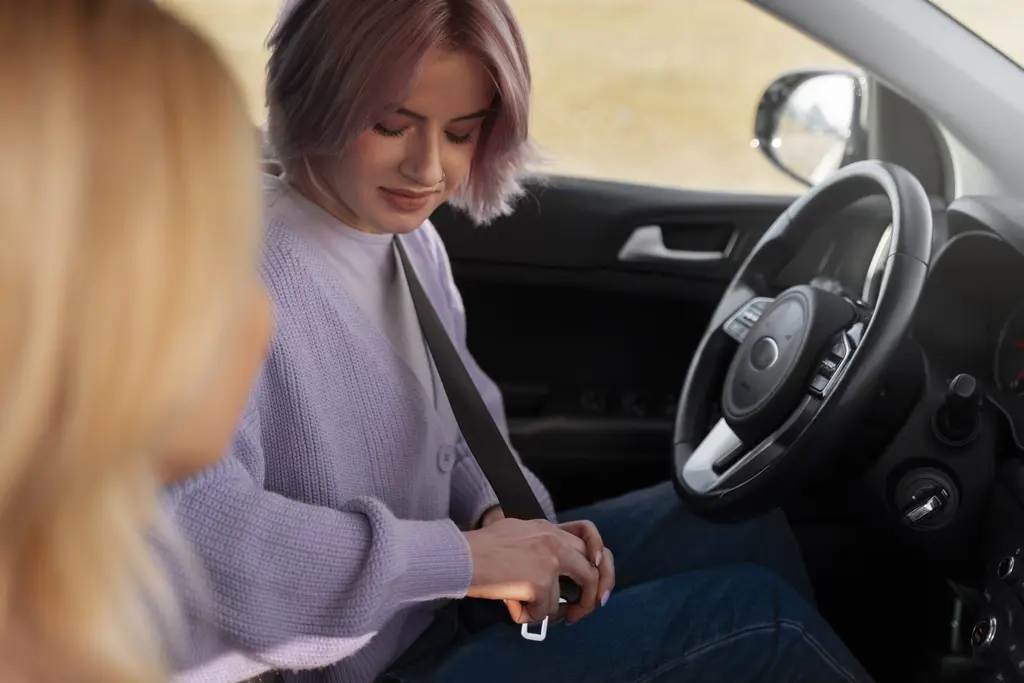What if the cure for teen academic stress was already in their pocket – next to the memes and missed texts?
While adults panic about screen addiction, teens are quietly flipping the script – turning phones into therapists and personal cheerleaders. These aren’t time-wasters. They’re stress-slayers with Wi-Fi.

Picture this: a student taps an app, and instead of spiraling, they breathe, focus, and crush their study goals like it’s a video game. It’s not magic. It’s smart tech meeting stressed-out teens exactly where they are.
Ready to meet the digital tools giving teens the upper hand on academic overload? Keep reading.
Smart Tools, Smarter Coping
The most effective academic tools don’t just spit out answers. They build skills, offering clarity and structure in the middle of confusion.
Symbolab is a great example. Its algebra calculator not only solves equations – it explains them step-by-step, so students understand why the solution works. For teens who spiral when math problems start stacking up, that clarity can stop stress before it escalates.
And it’s not just math. Different tools are giving teens control over how they learn and when. Instead of passively absorbing information in one-size-fits-all classrooms, students can now replay explanations, target their weak spots, and learn at a pace that matches their needs.
These platforms adapt – not just to ability, but to mood and mindset, helping students stay focused without getting overwhelmed.
Learning to Learn Without the Panic
A big part of academic stress comes from that blank-page feeling – when students don’t know where or how to start. Digital resources offer scaffolding. They help teens break large tasks into manageable parts, guide them through unfamiliar concepts, and give immediate feedback when something doesn’t make sense. It’s that immediate loop – try, check, correct – that builds confidence.
It’s also what makes tech uniquely helpful for neurodivergent students or those with learning differences. Visual learners can access diagram-rich explanations. Auditory learners can plug into narrated lessons. Kinesthetic learners can tap through interactive problem sets. Instead of trying to fit into a traditional mold, students use digital tools to design their own learning environments.
The New Normal: Mindfulness Meets Metrics
Some of the smartest platforms aren’t just measuring academic progress – they’re acknowledging the mental weight students carry. Apps are integrating:
- Breathing exercises
- Reflection prompts
- Check-ins
- Journaling features with emotional tagging
- Alerts to pause and reset during high-stress periods
To help students stay balanced. It’s subtle, but powerful: a reminder that academic achievement isn’t the only metric that matters.
They’re also flipping the focus from performance to process. Instead of “Did you get it right?”, students are asked, “What did you learn this time?” That mindset shift can lower anxiety and encourage curiosity – exactly the qualities that stress tends to crush.
Digital Support, Real Results
Access to support has always been the deciding factor in whether students thrive or flounder under academic pressure.
What’s changing now is the accessibility and adaptability of that support. With the right digital tools, teens don’t have to wait until tutoring sessions or teacher office hours to get unstuck; they can find solutions on their own, in real-time, and at their own pace.
This shift isn’t about replacing traditional education. It’s about strengthening it with tools that acknowledge how students actually learn and what stresses them out. The result is a more balanced, resilient generation of learners who are better equipped not just to ace exams, but to handle the complex, high-pressure world ahead.
The tools are here. The need is urgent. And for students caught in the churn of modern education, having smart, supportive technology at their fingertips may be the most powerful stress-buster of all.
Also read:
How to Help My Teen Choose Good Friends
How to Help My Teen Develop Good Study Habits
Image credit: Pexels, Andy Barbour





